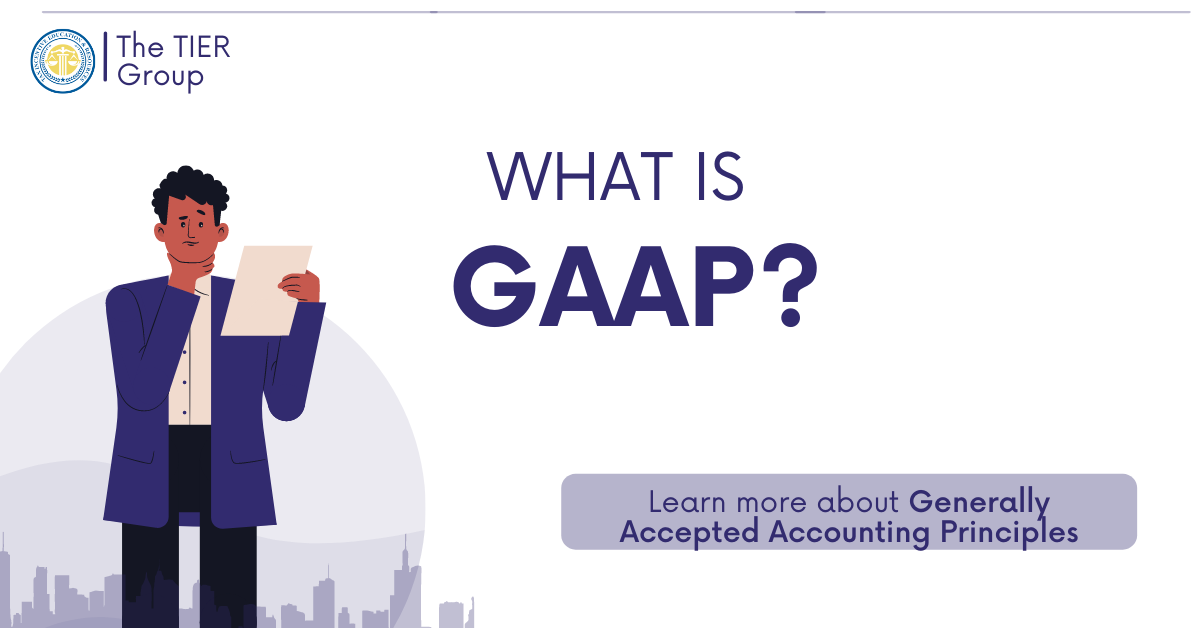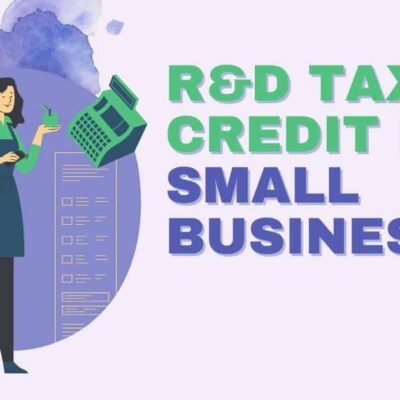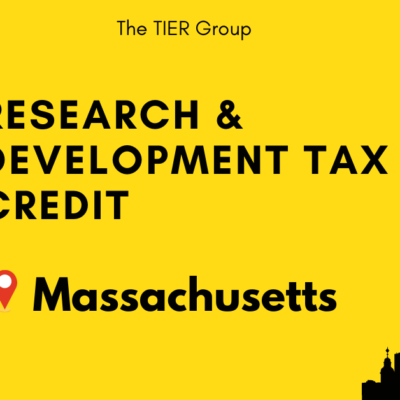
What Is GAAP?
As the name implies, Generally Accepted Accounting Principles (GAAP) are nothing but a set of accounting standards, procedures, and principles that all public organizations in the United States must follow for the preparation of financial statements. It is closely related to R&D, and GAAP research and development is our topic of discussion today.
The Financial Accounting Standards Board (FASB) issues and maintains this generally accepted set of accounting standards, procedures, and principles. It also comprises all the methods for reporting and recording accounting information that is conventional. In addition, these principles get uniformity by FASB. The primary goal of GAAP is to maintain consistency and clarity in financial data reporting for the sake of better understanding.
The International Financial Reporting Standards (IFRS) is the international equivalent of GAAP. More than 120 countries have accepted it including the European Union members.
Most countries in South America and Asia use it. However, it’s yet to make significant inroads in the US. IFRS is a great representation of the economics of business transactions while GAAP is excellent for detailed financial info reporting.
Key Differences Between IFRS And GAAP
The most prominent difference between IFRS and GAAP is — IFRS revolves more around principles and GAAP revolves more around rules. While IFRS requires less detailing for reporting economic info, GAAP requires more!
There is ample room for representation with IFRS reporting and it often requires lengthy supporting descriptions for statements to back financial entries that are made. But, it is highly intuitive than reporting with GAAP and it eventually gives a better representation of financial information than GAAP reporting.
The ways of inventory handling are the key variance space between these two information reporting systems. GAAP supports the usage of last-in, first-out (LIFO) accounting methods; however, IFRS doesn’t. Weighted accounting and first-in, first-out (FIFO) methods are used by both.
What Is GAAP Research And Development Accounting?
As per the GAAP rules, most research and development costs are expensed in the current financial period. However, they allow companies to capitalize on specific costs for R&D software.
If we go by the FASB definitions, research is a planned investigation to obtain knowledge about new or existing processes or products. Whereas, Development is turning research discoveries into some design or plan.
If your enterprise is spending funds on research and development activities, it’s necessary to record costs under the present financial period. Such costs are mostly incurred for materials, facilities, and equipment. And, these things must only be used for R&D purposes.
Certain costs can be expensed or capitalized over a set span of years. However, they need to fall under specific situations that allow organizations to treat R&D expenses as non-current assets.
You can also depreciate costs over the estimated lifetime of assets when they are related to the assets that can contribute to an alternate future.
Companies can amortize the capitalized costs that relate to intangible assets such as logos or trademarks. FASB considers three clear stages for the projects that develop software products:
- Feasibility studies
- Actual production
- Sales and distribution
FASB allows companies to capitalize costs in only the production phase. And in such cases, companies can use any of the two approaches mentioned below to amortize the capitalized costs:
- The ratio of a present to future revenue generated by the product
- Straight-line charge-off spread out over the product’s useful life
In case the net potential value of the product is interrupted or impaired for any reason, the unamortized costs can be written off.
How To Save Money On Your R&D Expenditure
You should always count on our specialty tax professionals who are well-aware of all the factors of research and development tax credit. For the businesses that are engaged in R&D activities, tax credit helps them save money on expenses related to those activities. However, it is mandatory to qualify for the R&D tax credit to make the most out of this program.
Note that this is easier said than done! Applying for research credit is a bit of a complex process and your application should hold up to IRS’ strict scrutiny. Tax professionals ensure your R&D activities fall in the right category and they are well documented and ultimately help you achieve the highest possible savings. Book a call with our trusted tax experts who have helped businesses save millions!



